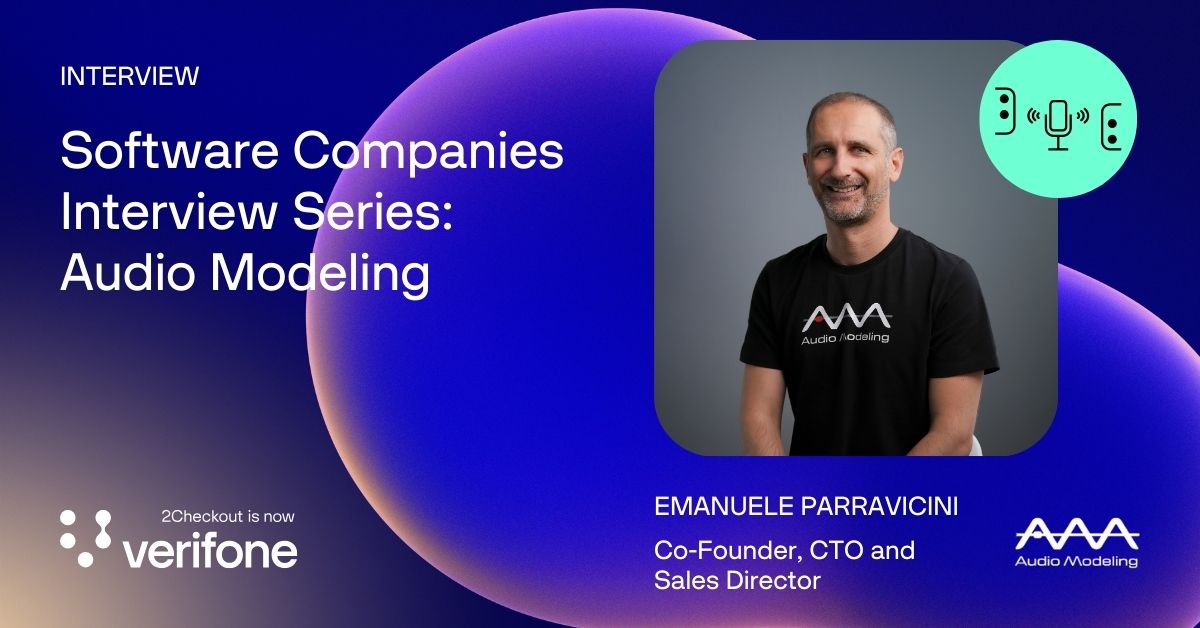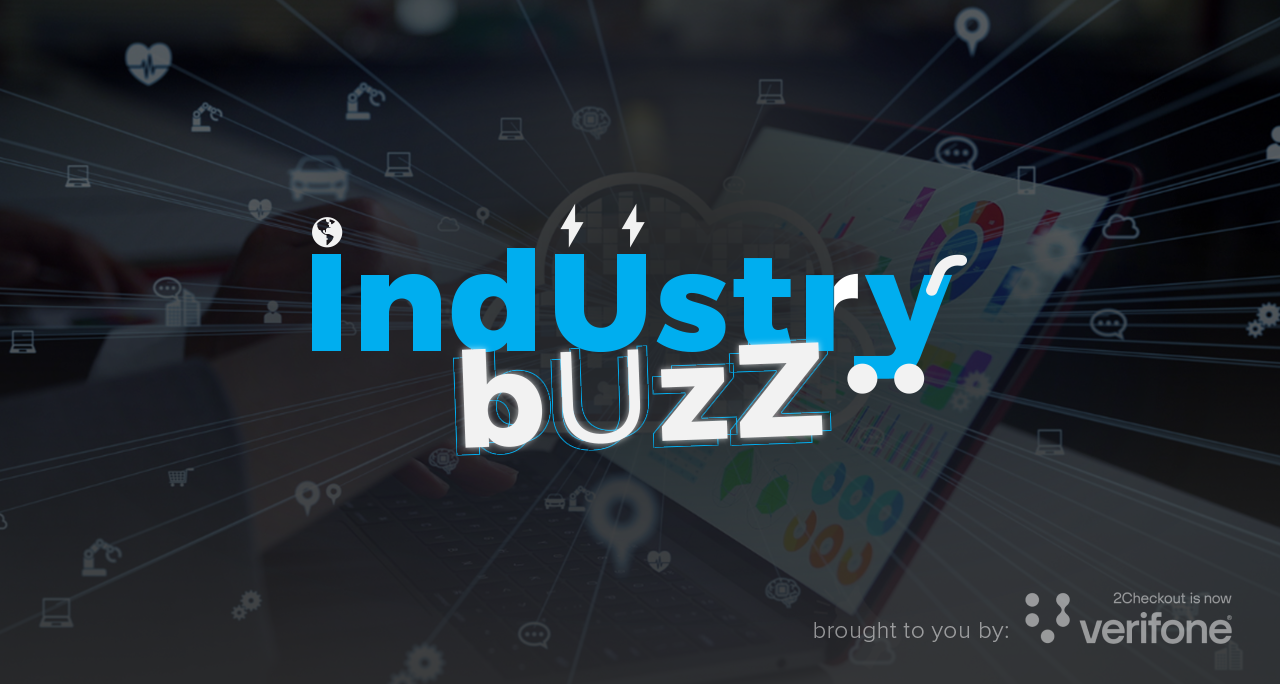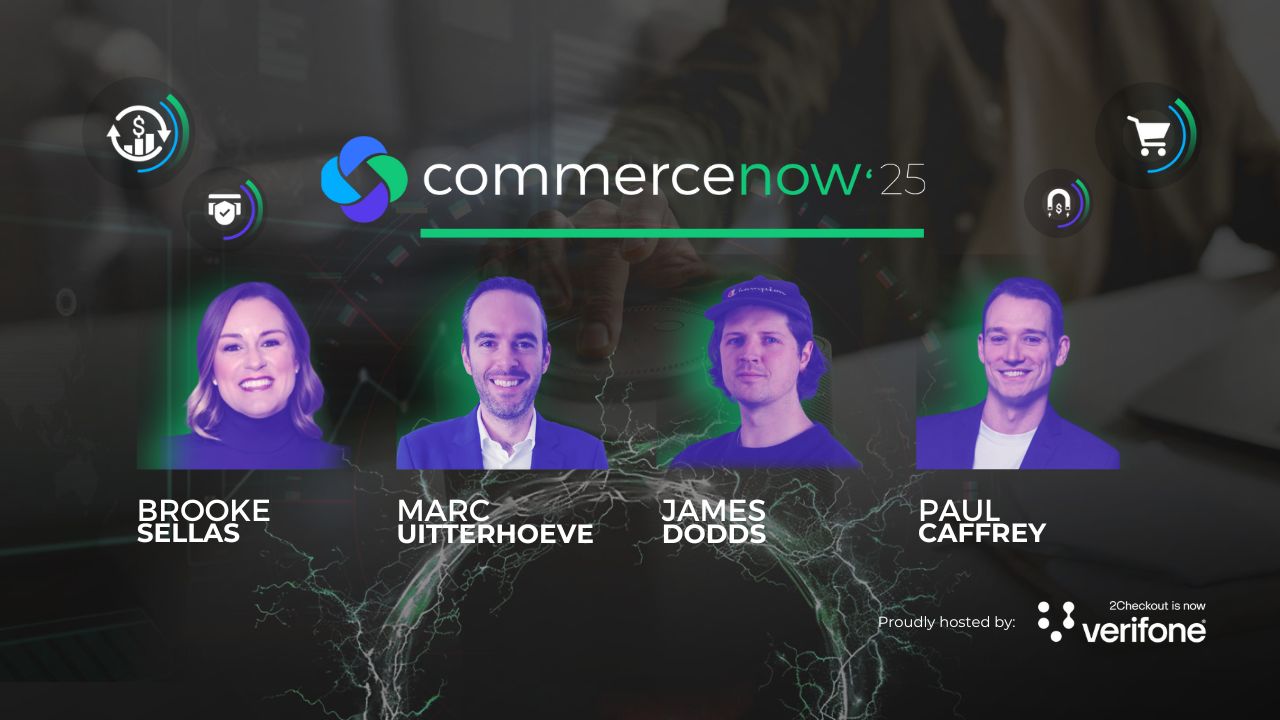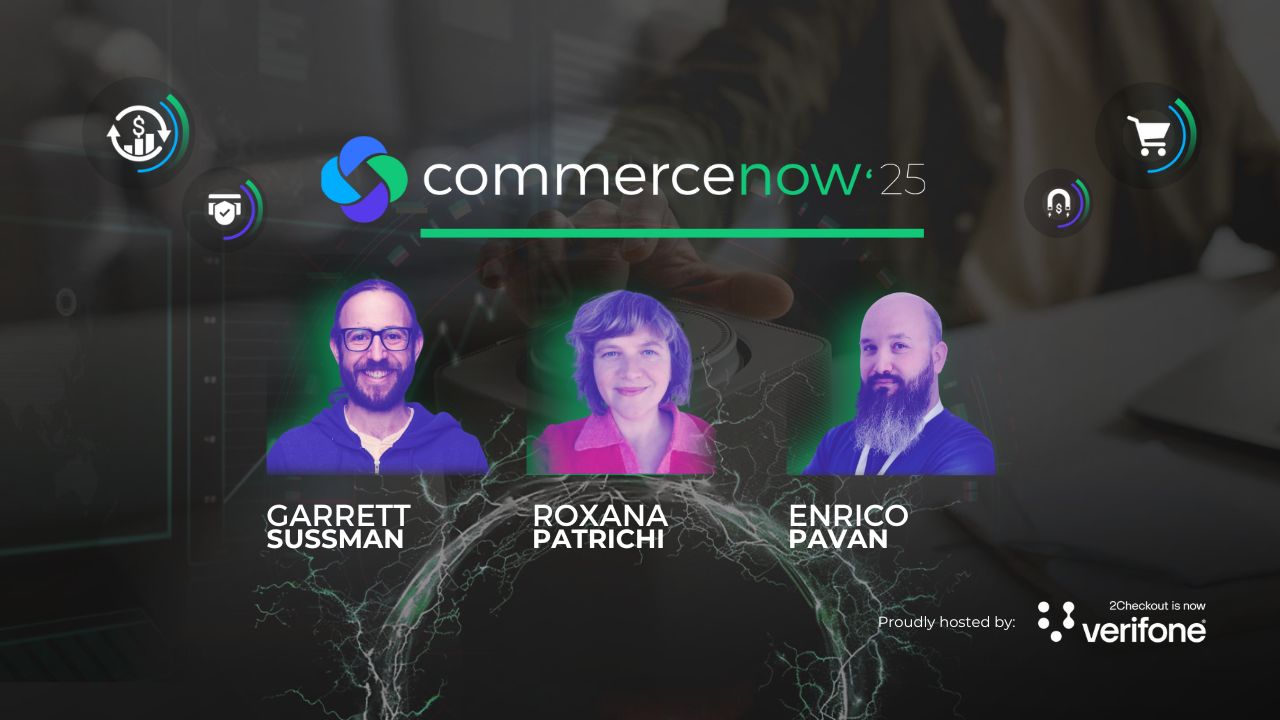Recently, we had the pleasure to chat with Emanuele Parravicini, Co-Founder, CTO and Sales Director at Audio Modeling, a global leader in multi-vector expressive acoustic instrument emulation. The company’s purpose and research aims at finding solutions to enable the user to overcome the inherent limitations of traditional samplers, in addition to developing technological solutions, especially in software, that actively support musicians, composers and producers in delivering their artistic expression.
Join us as we delve into their remarkable journey, highlighting the pivotal moments and obstacles they’ve faced along the path.
Q1: Can you provide a brief overview of Audio Modeling’s history? How did the company come into existence, and what have been some of the key milestones in your journey so far?
The story of Audio Modeling began long before the company itself was officially founded. I started working with Stefano Lucato at the end of 2009, driven by a shared passion to break the boundaries of traditional digital instrument emulation. We were fascinated by the expressive potential of acoustic instruments—particularly woodwinds, brass, and strings—and frustrated by how conventional sampling fell short in capturing that depth.
In 2011, Stefano created the SWAM technology (Synchronous Waves Acoustic Modeling), a groundbreaking approach that combines physical modeling, behavioral modeling, and our unique multi-vector sample-morphing technique. That same year, we released our first product, Ms. Sax S, marking the start of a new era in virtual instruments.
Between 2011 and 2017, we developed 17 instruments, constantly refining our modeling techniques and expanding our vision. But we soon realized that to truly bring this technology to more musicians around the world, we needed to go further. We needed a full team—developers, testers, marketers, and sales experts—to support broader development, better compatibility, and a global reach.
So, in 2017, we founded Audio Modeling. It was the right time to scale up, both creatively and operationally. Since then, our mission has been clear: to empower musicians, composers, and producers by removing the limitations of traditional tools and making technology a natural extension of their expression.
Today, Audio Modeling stands as a global leader in expressive acoustic instrument emulation. But at our core, we are still the same passionate explorers who started this journey—curious, committed, and always pushing forward.
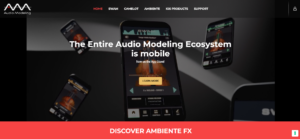
Q2: What inspired the direction you’ve taken with your products? Were there any key moments that helped shape your current focus?
The direction we’ve taken with our products was born out of frustration—specifically, the frustration of working with sample libraries for acoustic instruments. While these libraries can beautifully capture the timbre of an instrument, they fall short in one crucial area: real-time expressiveness. Acoustic instruments are multidimensional by nature; musicians constantly shape their sound through subtle, simultaneous changes in breath, pressure, articulation, and more. Sample-based solutions simply couldn’t provide that level of control.
That limitation pushed us to explore new technologies. We wanted to create instruments that not only sounded realistic but felt alive—responsive to the musician’s input in real-time, just like their acoustic counterparts.
Two key moments shaped our path. The first was the release of Ms. Sax S, our soprano saxophone emulation. Seeing its success and the enthusiastic response from musicians confirmed that we were on to something meaningful. The second pivotal moment came in 2013, when Stefano and I made a clear decision: from that point on, we would move away from multi-vector sample-morphing and focus exclusively on pure physical modeling. That choice allowed us to reach new levels of expressiveness, realism, and consistency across all our instruments.
Over time, our mission expanded. We realized that helping musicians express themselves also meant giving them better tools to manage their live performance setup. Another key moment was when Simone Capitani joined the company and brought with him the vision and development of Camelot Pro, a powerful platform for managing live performance environments. That project marked a natural extension of our philosophy—removing technical friction and putting the artist fully in control.
These experiences continue to inspire everything we do. Our mission remains to provide musicians with tools that give them the freedom to express themselves fully—without technological barriers.
Q3: In your opinion, what makes your approach or solutions unique within the music technology space?
What sets our approach apart in the music technology space is our unwavering commitment to expressiveness and realism—not just in how our instruments sound, but in how they respond to the performer.
Most virtual instrument technologies prioritize timbral accuracy using static samples. While this can sound impressive, it often results in rigid and unnatural performances. We took a different path. At Audio Modeling, we design instruments that behave like their acoustic counterparts. Our SWAM technology is not just about replicating sound; it’s about capturing the subtle, real-time interactions between the performer and the instrument.
What also makes our work unique is the depth and complexity behind it. Creating our products takes years of research and development. We often follow unconventional paths—technological directions that are far from obvious—because they lead to breakthroughs that can’t be achieved through standard methods. These paths are challenging and the solutions are complex, but they are necessary to deliver the level of realism and expressivity we aim for.
We integrate physical and behavioral modeling in a way that allows musicians to influence every nuance of their performance—vibrato, articulation, dynamics, phrasing—in real-time, with immediate responsiveness. This multi-vector expressive control is at the heart of everything we build.
Another important aspect is our ongoing dialogue with musicians. We don’t just model instruments—we respond to the real-world needs of performers, helping them push their creative boundaries without compromise.
Our solutions are not static libraries or preset-driven engines; they are living, breathing instruments designed for continuous, expressive interaction. That’s what makes Audio Modeling truly different.
Q4: Are there any examples or stories that come to mind where your tools have supported artists or creators in a special way?
Over the years, I’ve been deeply moved by how many artists, composers, and producers have embraced our tools in ways that go far beyond what we initially imagined.
One story that really stuck with me comes from John Powell, the acclaimed film composer known for scores like How to Train Your Dragon and The Bourne Identity. He told us that SWAM instruments allow him to “compose without interrupting his creative flow.” That’s exactly the kind of experience we want to enable—tools that disappear and let inspiration take over.
Another great example is Geoff Stradling, who uses SWAM instruments in his orchestration work for the Golden Globe Awards. The ability to achieve expressive realism quickly and reliably is essential for that kind of high-pressure production.
Jordan Rudess, keyboardist for Dream Theater, uses SWAM both in his solo albums and live performances with the band. And Pedro Eustache, a world-renowned wind player, incorporates SWAM instruments in the Hans Zimmer Live tour—using a wind controller to achieve breathtaking realism and control on stage.
We’ve also seen artists like Omri Abramov, saxophonist for Israeli singer Noa, blending our tools into their live performances. Omri uses SWAM instruments for expressiveness and Camelot Pro to manage his entire performance setup, switching seamlessly between sounds and devices in real-time.
These are just a few examples—there are dozens more. From film studios to concert halls, our mission has always been to support creativity without compromise, and it’s incredibly rewarding to see our tools play even a small role in the artistic journeys of such inspiring people.
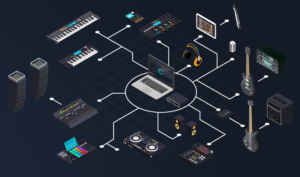
Q5: Looking ahead, what strategic goals or initiatives are you excited about for the future of Audio Modeling?
In many ways, I feel like we’re just getting started. The world of musical expression is vast, and there are still so many instruments waiting to be modeled with the level of depth and realism our technology can offer. We’re especially excited about expanding into new families—percussions, guitars, electroacoustic instruments, and free-reed instruments like harmonicas and accordions. There’s also a rich variety of traditional instruments from Asia, the Far East, and Africa that deserve accurate, expressive digital counterparts.
But our vision goes beyond instrument modeling alone. Audio Modeling’s mission is to empower creativity and expression in every form. That’s why we’re working on new tools designed to support polyphonic performance, real-time harmonization, and even musical inclusivity—so that more people, regardless of physical ability or background, can access the joy of making music.
We see technology as an enabler, not a barrier. Looking ahead, I’m incredibly excited about continuing to build solutions that remove friction from the creative process, spark new ideas, and ultimately help musicians around the world express themselves in ways that were never before possible.
Q6: How do you stay connected to your user community, and what role does their feedback play in your journey?
Staying close to our user community is one of the most important parts of our journey. It’s not just about marketing—it’s about building real, ongoing conversations with the people who use our tools every day.
We maintain an active presence across multiple platforms. Our website is regularly updated with news and resources, and we send out newsletters to keep users informed about product updates, events, and insights. Social media is another key touchpoint for us—we’re on Facebook, Instagram, TikTok, YouTube, LinkedIn, and X. These platforms allow us to share our story, but more importantly, to listen: we closely monitor comments, messages, and discussions to understand how people are using our tools and what they need.
We’ve also developed a dedicated user portal where customers can request support, ask questions, or share feedback. Throughout the year, we host live streams to engage directly with our audience in real-time.
We take great care in responding to every comment, message, or support ticket—quickly and personally. We truly believe that the value of our products doesn’t lie in innovation alone, but also in the support we provide and our ability to turn user feedback into practical solutions.
Our users are not just customers—they’re collaborators who inspire us to evolve, improve, and imagine what’s next.
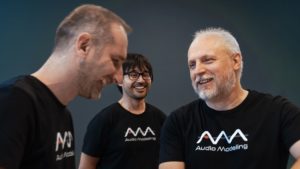
Q7: If there’s one key insight or takeaway you’ve gained through your experience so far, what would it be?
If there’s one key insight I’ve gained over the years, it’s this: extraordinary things take time—and the courage to stay committed to a vision even when the path is unclear.
When Stefano and I began this journey, we knew we were venturing into complex, uncharted territory. The technology we wanted to create didn’t exist yet. There were no shortcuts—only long days, failed experiments, and years of research and iteration. But we believed in the goal: to give musicians tools that truly respond to their expressive needs.
What I’ve learned is that having a clear vision is essential—but it’s not enough. You need the right people by your side. Collaborating with brilliant, passionate individuals like Stefano, Simone, and the rest of our team has made all the difference. It’s their talent, dedication, and belief in our mission that have turned an ambitious idea into something real and impactful.
So, my biggest takeaway is this: be patient, stay true to your vision, and build it with people who share your passion. That’s the most powerful combination I’ve experienced.
We hope Audio Modeling’s story inspired you as much as it inspired us. Their steadfast commitment to innovation and empowering users has transformed them from a bold startup into a frontrunner in music software solutions.
Keep following us for more compelling interviews as we shine a light on the journeys of exceptional companies and their roads to success!

